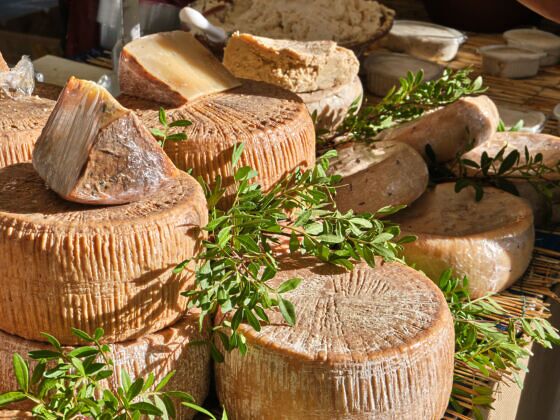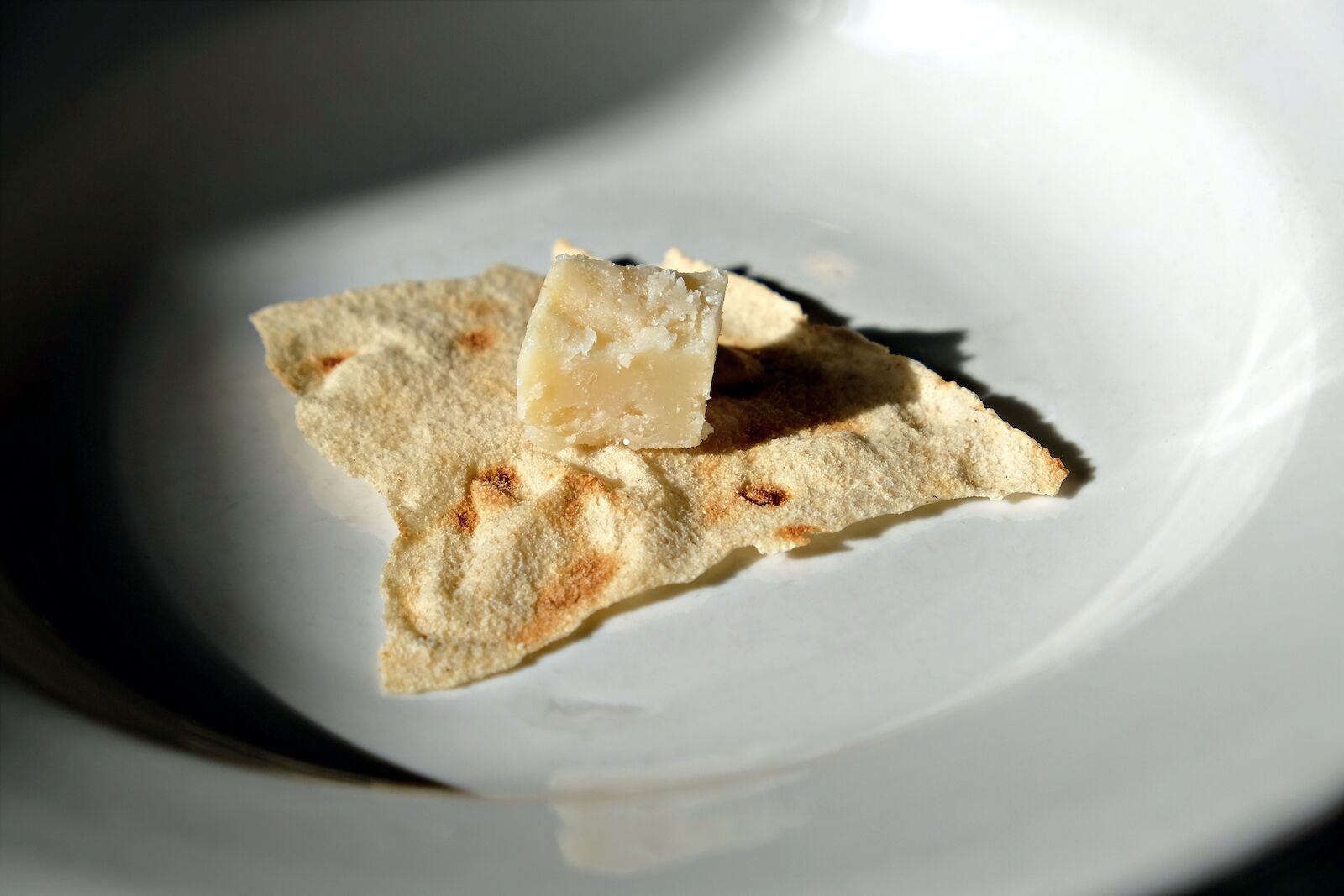Casu marzu is one of the most legendary dishes in Italy, a land that is already rife with so much legendary food. It’s part sacred culinary tradition in Sardinia, an Italian island situated in the Mediterranean Sea, part urban (or rather, rural) legend. It will either intrigue or repulse you – or maybe a little of both. It’s illegal, yet like driveway fireworks on New Year’s Eve, authorities turn a blind eye – or more likely, pull up a chair when it comes to nibbling on this intriguing delicacy. And like the Italian region from which it hails, casu marzu, the infamous maggot cheese of Sardinia, is a cultural relic unto itself.
On your next visit to Sardinia, you won’t see casu marzu on the supermarket shelf or restaurant menus. Still, if you’re a culinary adventurer determined to feast your way through Italy, it is possible to find it, if you know where, who, and how to ask. Here’s everything you need to know about tracking down casu marzu in Sardinia.


